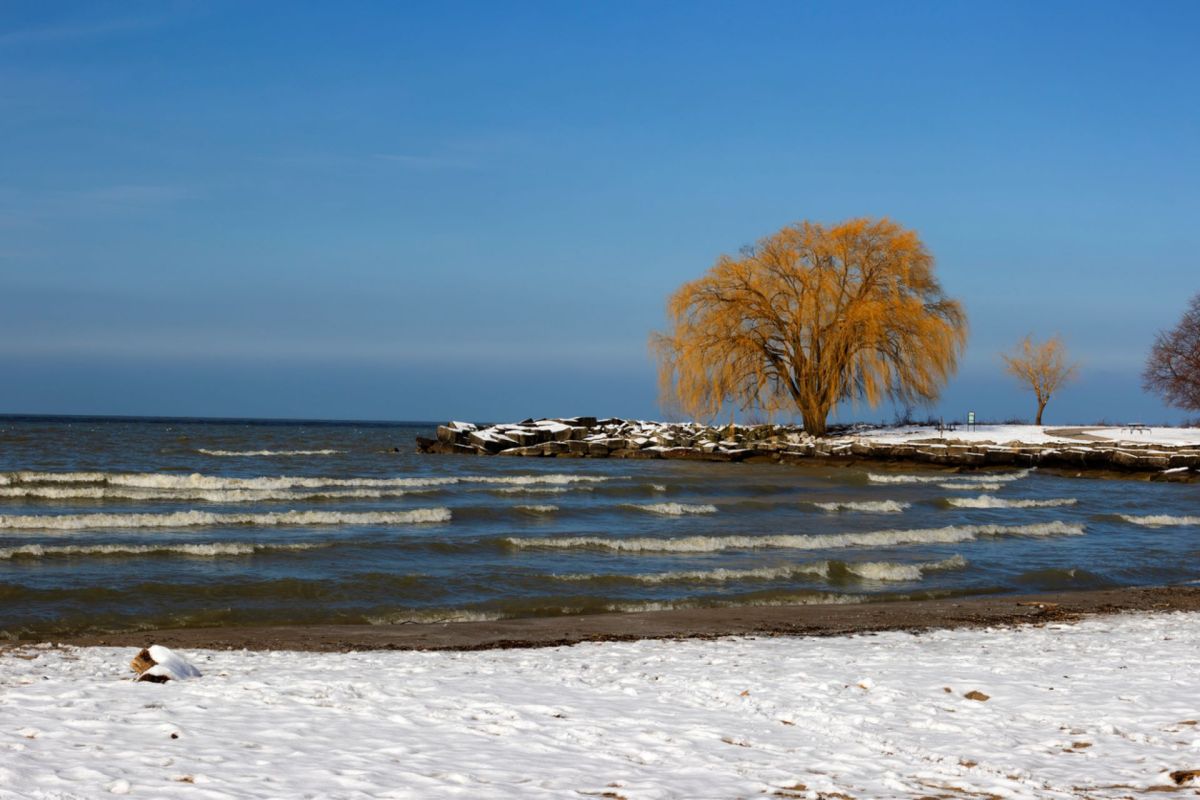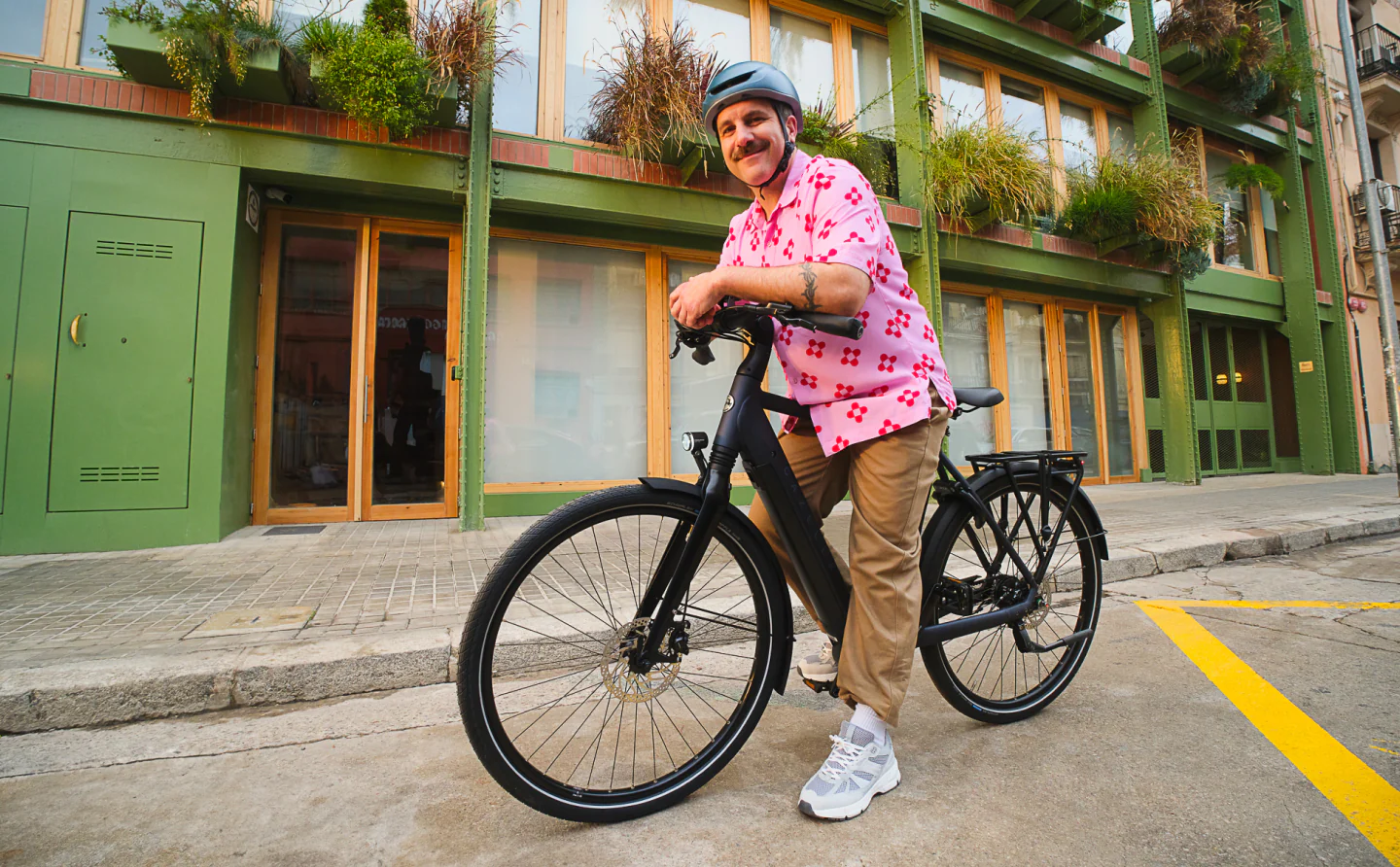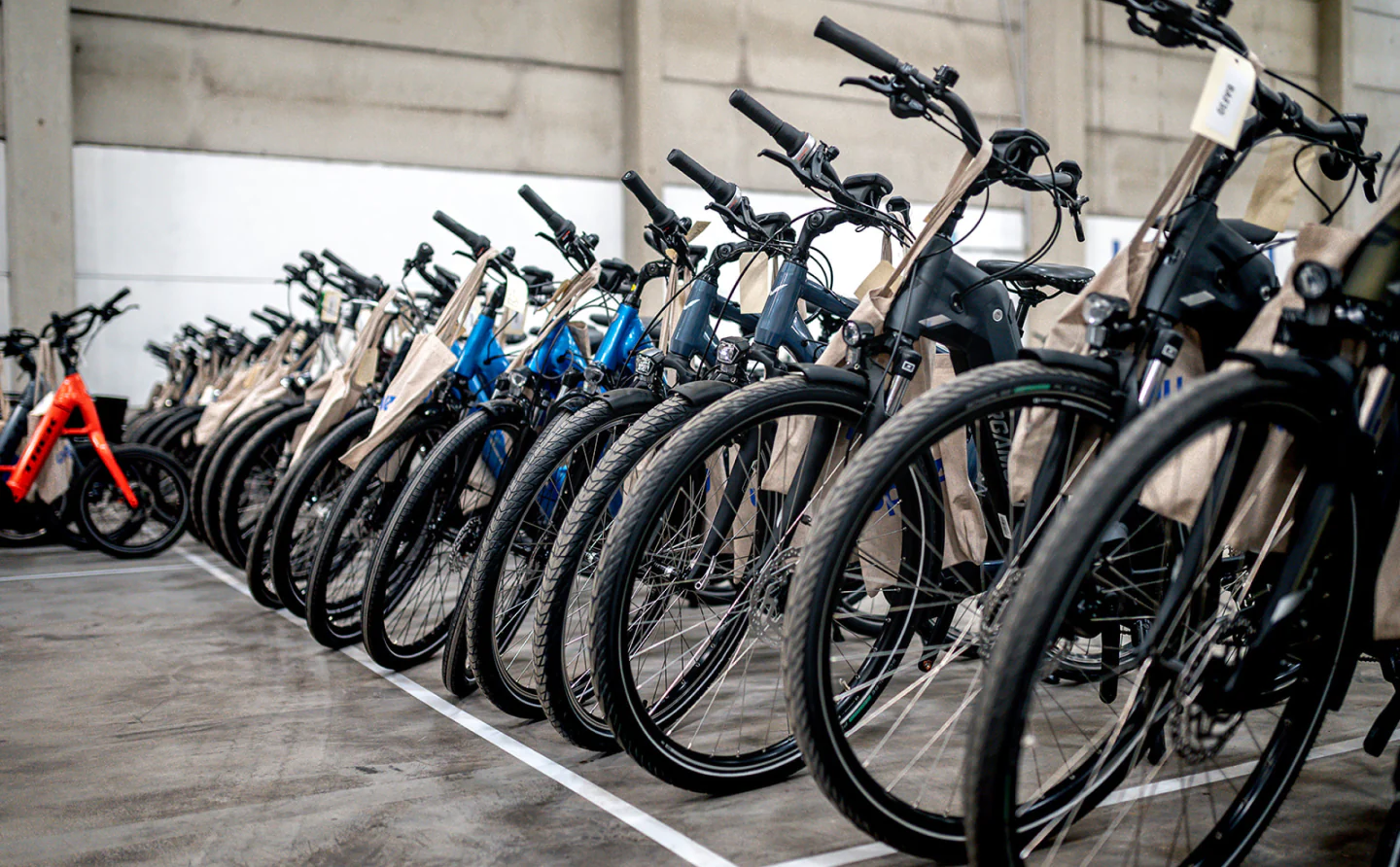The Great Lakes are experiencing their slowest start to the winter season, alarming environmentalists.
Although the five lakes don't hit peak ice concentration until February to March, experts are concerned by their unusually slow start to the ice season. According to the National Oceanic and Atmospheric Administration, the Great Lakes region's ice coverage as of January 1 was less than 1%, its slowest ice formation in over 50 years.
The effects of El Niño
Experts attribute the five lakes' slower than usual ice formation to El Niño, a pattern of unusually warmer water originating from the Pacific Ocean that causes higher-than-normal temperatures as it shifts. According to NOAA, El Niño may cause areas in the northern U.S. and Canada to be dryer and warmer than usual.
As 2023 was reported to be the Earth's hottest year on record, environmentalists believe that higher-than-usual temperatures in the region are interfering with the Great Lakes ecosystem. Bryan Mroczka, a meteorologist with NOAA, told USA Today that the lakes' ice coverage has decreased by an average of 5% per decade.
"These are massive bodies of water, very deep, very large, and they don't freeze overnight," Mroczka told USA Today.
Impact on the Great Lakes
Although ice concentration fluctuates at the Great Lakes each year, shorter ice seasons negatively impact the region's local economy.
According to Midstory, the Great Lakes' fishing industry generates over $7 billion annually and supports more than 75,000 local jobs. However, lower ice concentrations disrupt the lake's fish habitats, spawning patterns, and survival rates, decreasing the industry's productivity.
Additionally, the shorter ice season negatively impacts local land erosion. Since ice usually protects lake shorelines from erosion, lower amounts of ice can expose local infrastructure to high winds and severe flooding.
"We see houses that have had issues falling into the lakes and things like that due to high erosion," Mroczka told USA Today.
Less ice, more hazards
Local officials are urging fishermen and tourists to take higher safety precautions when visiting the Great Lakes, as well as other lakes in the Midwest region. Two ice-related deaths have already occurred in Minnesota this season, as mentioned in the USA Today report.
TCD Picks » Upway Spotlight

Outside of the Great Lakes, Upper Red Lake in northern Minnesota is notorious for its shallowness, often causing troubles for visitors. In December, more than 120 fishermen at Upper Red were stranded after drifting away on broken ice sheets, and two ATV riders fell through the ice on the lake, according to USA Today.
Join our free newsletter for weekly updates on the coolest innovations improving our lives and saving our planet.














